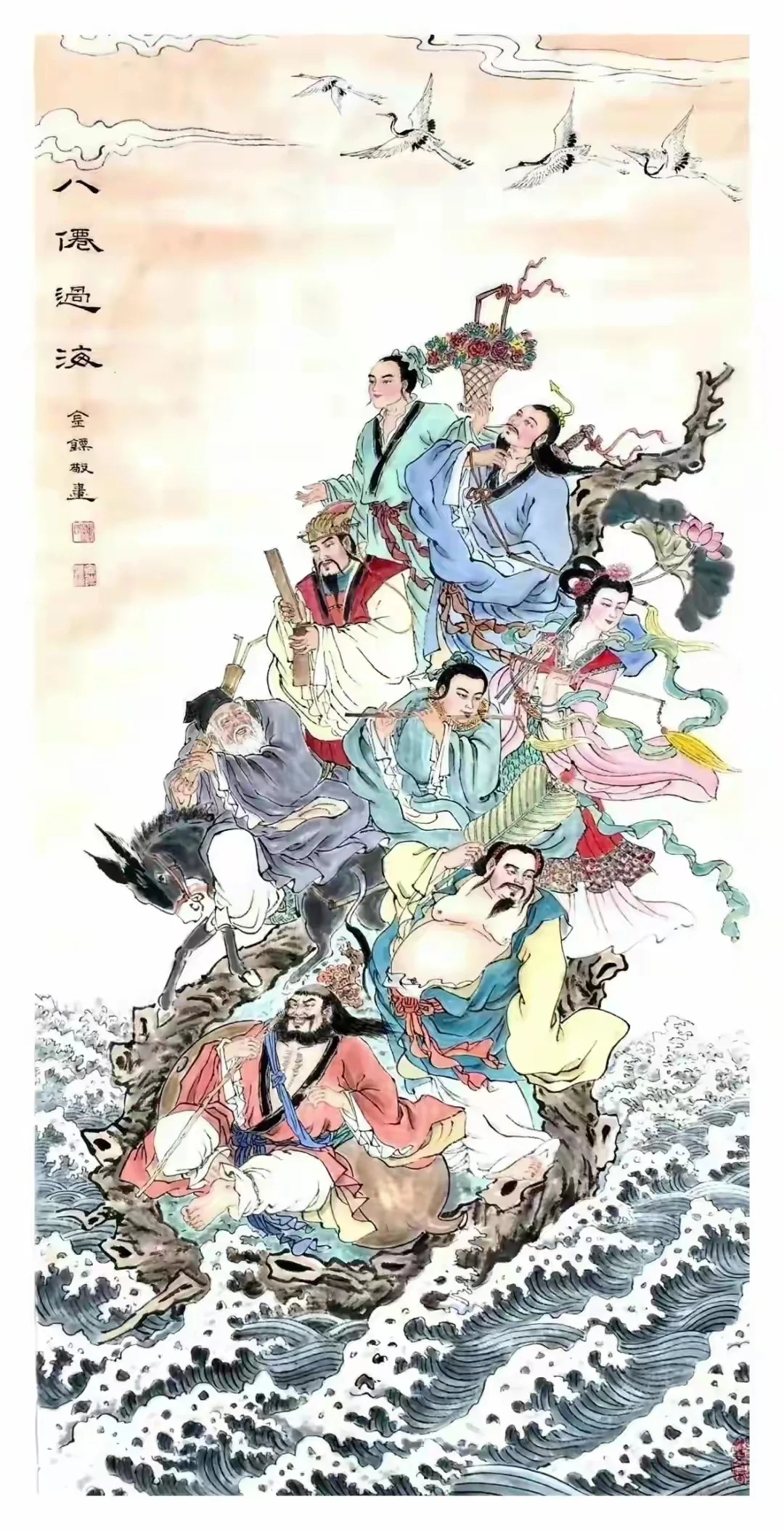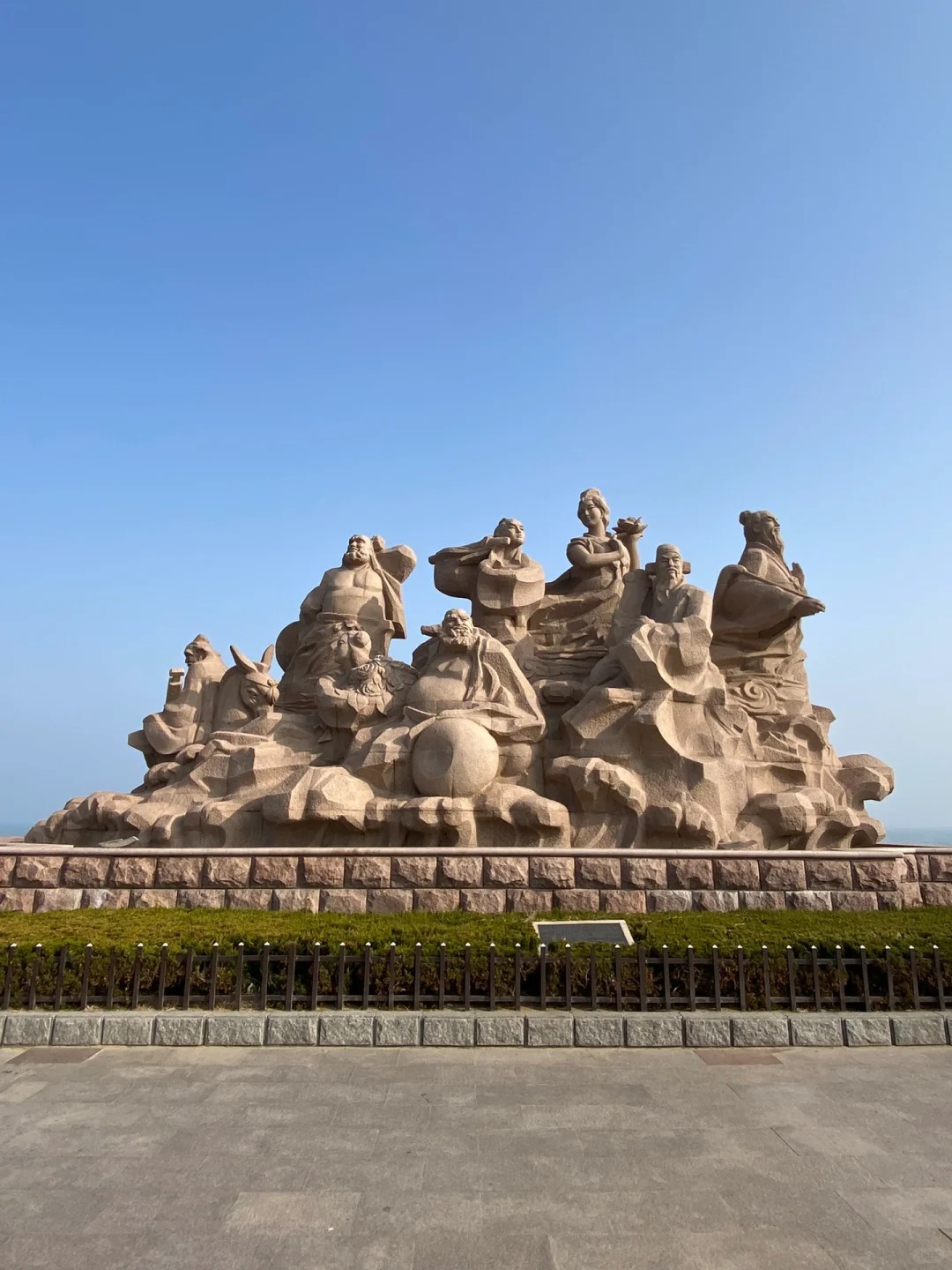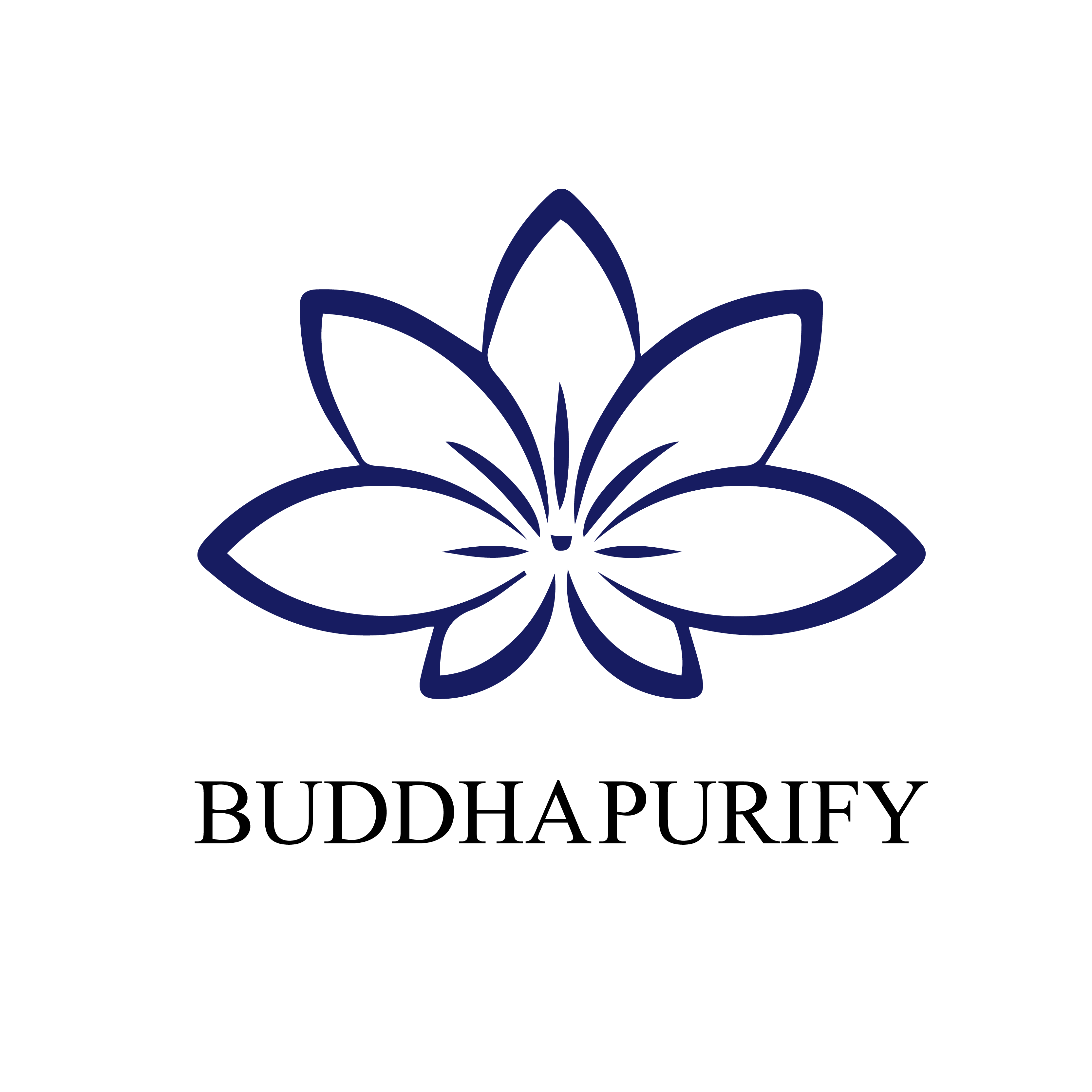The Eight Immortals Crossing the Sea: Mythology and Cultural Impact
The Eight Immortals Crossing the Sea
The tale of "The Eight Immortals Crossing the Sea" is one of the most widely circulated myths in Chinese folklore. The Eight Immortals are: Han Zhongli, Zhang Guolao, He Xiangu, Lü Dongbin, Tieguai Li, Lan Caihe, Cao Guojiu, and Zhang Guolao.
According to legend, during a grand celebration at Penglai Island where peonies were in full bloom, the Eight Immortals were invited, along with the Five Sages, to partake in the festivities. On their return journey, Tieguai Li suggested they avoid using boats and rely on their individual skills instead. This led to the saying "The Eight Immortals Cross the Sea, Each Showing Their Own Powers" or "The Eight Immortals Cross the Sea, Each Using Their Own Abilities."
Legend Introduction
One day, the Eight Immortals joyfully gathered at Penglai Pavilion to feast and drink. Each immortal prepared a dish using local seafood such as prawns, sea cucumbers, scallops, crabs, and other marine delicacies. They created eight platters, eight hot dishes, and a hot soup, each with unique presentations and mythological significance. The dishes were not only delicious but also visually captivating, with the hot soup being a flavorful blend of eight kinds of seafood and chicken.
As they enjoyed their meal, Tieguai Li suggested they explore the scenic beauty of Penglai, Fangzhang, and Yingzhou mountains. Lü Dongbin proposed that, as immortals, they should cross the sea using their own powers instead of boats. The immortals agreed and set off to the seaside, each displaying their magical artifacts.
Han Zhongli casually tossed his large fan into the sea, using it to float leisurely over the waves. He Xiangu followed, casting a lotus flower into the sea which bloomed magnificently, allowing her to stand gracefully atop it. Each immortal then used their unique items—such as Lü Dongbin’s sword, He Xiangu’s lotus, and others—to cross the sea, showing their individual powers.
The commotion stirred the East Sea Dragon King’s palace, prompting him to send his army of shrimp soldiers and crab generals to investigate. When the Dragon King realized that the Eight Immortals were showcasing their powers, he was enraged and ordered his minions to capture Lan Caihe. Lan Caihe resisted but was eventually captured and taken to the Dragon Palace.
The other immortals, enraged by this, engaged in a fierce battle with the Dragon King and his army, defeating them and even slaying two of the Dragon King’s sons. The Dragon King, furious, summoned the other three Sea Dragon Kings to join the battle, unleashing massive waves.
At the critical moment, Cao Guojiu used his magical cloud board to create a path through the turbulent waters, allowing the immortals to pass safely. Seeing this, the Dragon Kings were even more furious and prepared for another attack. Fortunately, Guanyin (or Buddha) intervened, calming the situation and persuading the Dragon King to release Lan Caihe. The Eight Immortals then departed, each using their powers to navigate the seas.
Influence
The story of "The Eight Immortals Crossing the Sea" is one of the most well-known Daoist myths in Chinese folklore. The Eight Immortals, known from the Yuan Dynasty (1206-1368) and solidified during the Ming Dynasty (1368-1644), are celebrated for their various extraordinary abilities and colorful human backstories.
The tale has become a popular metaphor for individuals using their unique talents to overcome challenges. It has also influenced various customs, such as the taboo "Seven men and one woman on different boats" and celebrations where the Eight Immortals are honored. The Eight Immortals are often depicted in art, including paintings, embroidery, ceramics, and theater, and their stories continue to be a rich source of cultural expression.
The Eight Immortals are beloved for their relatable human traits and their adventures, which have been immortalized in literature and art, such as the Ming Dynasty's "Journey to the East." Their story remains a vivid example of Daoist mythology and continues to inspire various cultural practices and artistic representations.
Brand Introduction: BuddhaPurify
BuddhaPurify is a brand deeply rooted in the rich heritage of Chinese traditional culture and Buddhist practices. Our mission is to offer a unique blend of ancient wisdom and modern elegance through our products, which are designed to enhance spiritual well-being, personal growth, and holistic health.
Foundation and Philosophy
Inspired by the timeless teachings of Buddhism and the profound traditions of Chinese culture, BuddhaPurify is dedicated to providing products that reflect the serene and enlightened aspects of these ancient philosophies. Our brand is built on the principles of mindfulness, purity, and spiritual harmony, aiming to bring balance and tranquility to our customers' lives.
Cultural Enrichment
We believe in the power of cultural enrichment and strive to educate and inspire our customers through the stories and meanings behind our products. Our brand seeks to bridge the gap between traditional spiritual practices and contemporary life, offering products that resonate with both ancient wisdom and modern sensibilities.
Conclusion
BuddhaPurify is more than just a brand; it is a journey into the heart of Chinese traditional culture and Buddhist spirituality. Through our thoughtfully curated products, we aim to support your quest for inner peace, spiritual growth, and a balanced life. Explore our collection and experience the harmonious blend of tradition and tranquility that defines BuddhaPurify.





